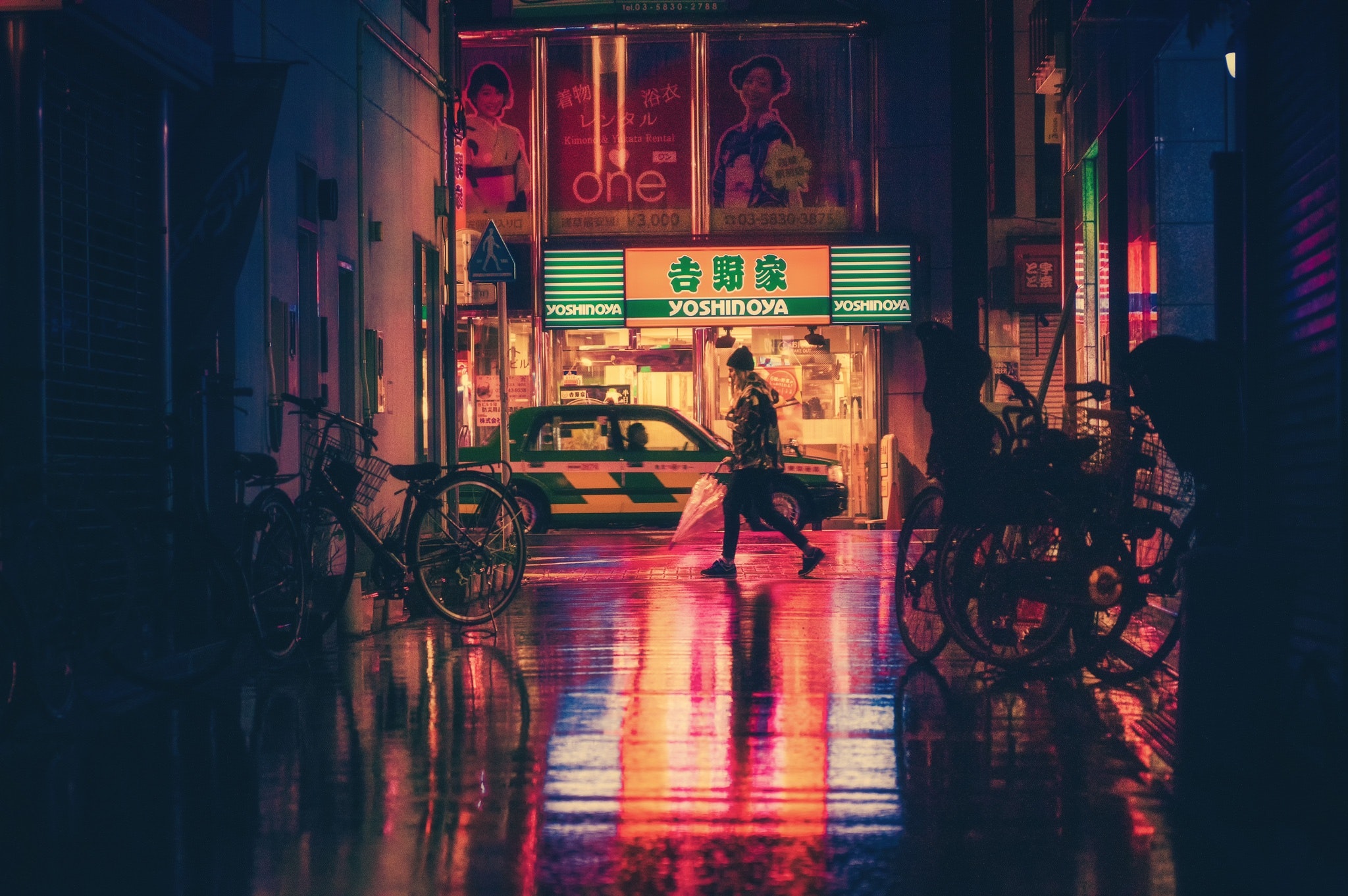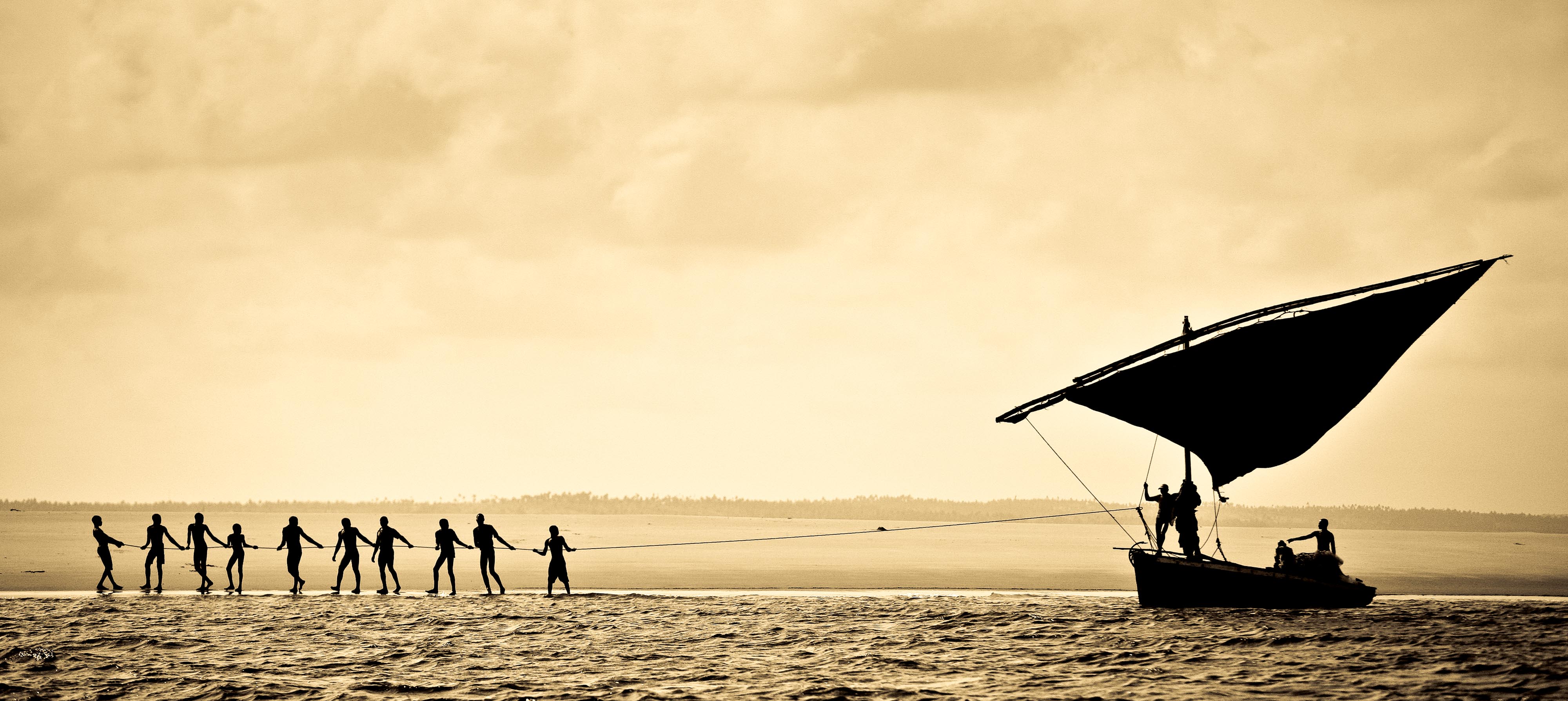Even practiced photographers struggle to capture the essence of cities. Everyone has traveled abroad to an exciting new place, snapping hundreds of pictures with wild abandon, only to feel surprised–perhaps even betrayed–when our photos didn’t portray the scale of the buildings we saw, the humor of the people we met, or even the excitement of our experience.
If you’re tired of lackluster travel photos, here are some tips and tricks that can help you step up your game:
Focus
Sometimes it helps me to go deeper in one particular district or borough of the city. Try choosing a neighborhood and spending more time there than you might otherwise. Figure out what attractions, residents or architecture are most noteworthy within that pared down universe and begin there. After fulfilling the must-see requirements, consider documenting some of the less tangible aspects of what’s before you. Are there scenes of children playing that depict something larger? Innocence, first crushes, community? Are there settings where injustices are visually palpable, like poverty or inequality?
There are also plenty of technical tips that can help you record urban landscapes more gracefully. If there’s limited space, or you’re depicting a huge building or an aerial view of a sprawling cityscape, a wide-angle lens is likely the best choice. Also keep in mind that while local architecture is seminal to any foreign journey, building shots can feel mundane. Counteract this by including a compelling foreground in the picture. Perhaps there’s a boy flying a kite in front of the Taj Mahal, a street sweeper in front of a mosque or a couple kissing in front of the Eiffel Tower. Include them! They’ll add flavor to an otherwise stale composition. Employing unusual perspectives is effective, especially when you’re documenting something iconic that we’ve all seen a million times. Taking the picture from an unusual angle can help frame the image differently.
Catch People Doing What They Do
Avoid posed tourist shots. Your pictures will be most memorable if you document people performing their everyday tasks. The waitress should be taking an order, the fisherman fishing, the market vendor selling a piece of fresh fruit. And when you’re taking portraits, don’t settle for a wide shot. Get closer to your subjects, introduce yourself and let them know you’d like to photograph them. People are often happy to show off what they do well, and you can use your viewfinder to share the pictures with your muses as you go. This will build excitement and aid in their participation. Do, however, encourage them to ignore you and go about their business so that the pictures remain candid. If you’re trying to capture a moving subject–someone riding a bike or dancing or tossing pizzas–try using a tripod and a very slow shutter speed. This can give you a dramatic contrast between sharp and blurred details.
Food Paired With People
Few things are as emblematic of a culture as its cuisine, so by all means, document the city’s food everywhere it exists. As a caveat, try not to divorce the food from the people. The baker should wield the baguette. The table of rowdy girlfriends should share the steaming raclette. Some of my favorite food photos are ones that capture the concentration and grace of the chefs preparing it. This can mean restaurant chefs, of course, but it may also include the person assembling tarts at the patisserie or the street vendors juggling huge strainers of steaming noodles like they were born doing it.
To add interest to these photos, try to find leading lines and use them to draw the viewer’s attention to the main subject of your composition. Leading lines work best when positioned diagonally. Perhaps there’s a line of colored lanterns you could use in the market, or the lines of the alley where the street vendors are cooking up their magic. Anything can function as a leading line: a well-stocked wine rack, power lines, street lamps, a coastline, aisles of a grocery store, bridges, walls–the possibilities are infinite. Remember that your compositions should be strong and streamlined, but also have depth. Another fun trick to play with is auto white balance which, like auto exposure, can produce striking results (most of the time).
Yes, capturing a city is tough, but with practice and perseverance it’s possible, even for amateurs. Just remember that you don’t need to record everything. Think through your shots and how to add interest in advance. Catching small details, textures, reflections, bursts of color and interesting people will elevate your game so that scrolling through your travel photography is a joy rather than a letdown.



